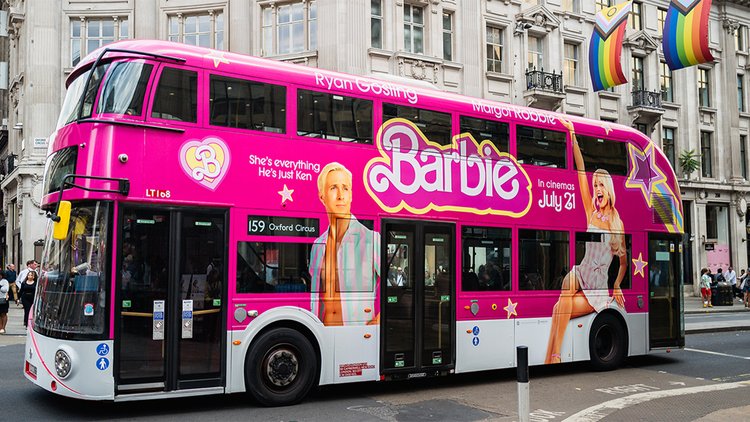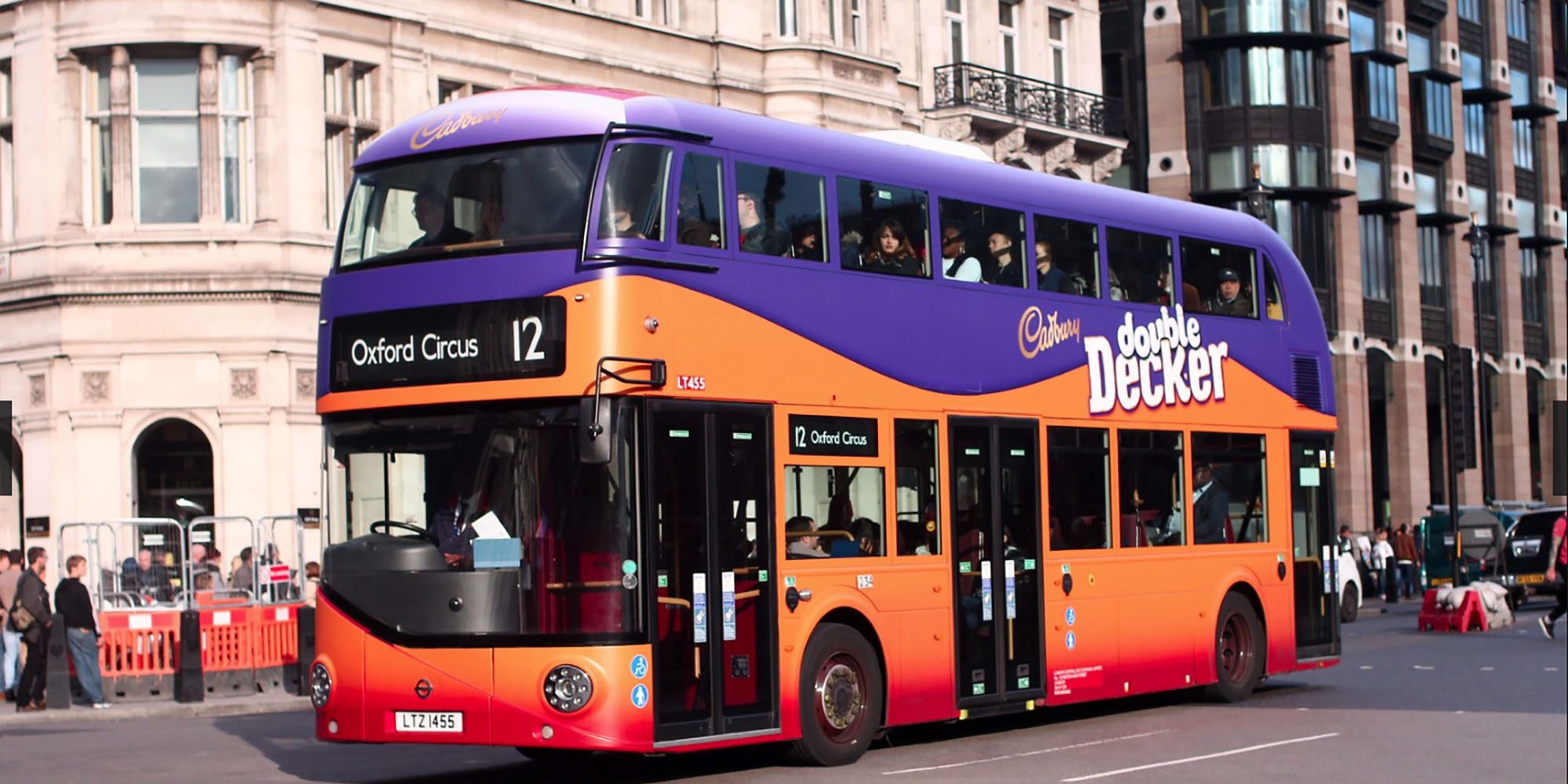Advertising across buses, encompassing bus rears, wraps, sides, and interiors, presents a multifaceted approach to amplifying an out-of-home campaign. This strategy leverages the extensive reach and mobility of buses to engage diverse audiences in various environments. Here’s how each element contributes to the amplification of an out-of-home campaign:
- Bus Rears: Advertising on the rear of buses provides a prime opportunity to capture the attention of motorists, pedestrians, and cyclists. With ample space for creative designs and messaging, bus rears act as moving billboards that command attention on busy streets and highways. Whether through bold visuals, catchy slogans, or captivating imagery, advertisers can effectively communicate their campaign message to a broad audience. Moreover, the constant motion of buses ensures widespread exposure, making bus rears an integral component of any out-of-home campaign seeking to maximise visibility and impact.
- Bus Wraps: Bus wraps involve covering the entire exterior of a bus with branded vinyl graphics, transforming it into a mobile advertising platform. This immersive form of advertising offers advertisers a large canvas to showcase their brand identity, products, or services in a visually striking manner. By enveloping buses with vibrant and attention-grabbing designs, advertisers can create a memorable brand presence that resonates with consumers as buses traverse through urban centres, residential areas, and commercial districts. Bus wraps not only enhance brand visibility but also contribute to brand recall, as they leave a lasting impression on viewers.
- Bus Sides: Advertising on the sides of buses enables advertisers to reach pedestrians, motorists, and passengers in urban and suburban settings. With strategically placed graphics and messaging, bus sides attract attention from people both on foot and in vehicles, ensuring broad exposure across diverse demographics. Whether through static images, dynamic visuals, or interactive elements, advertisers can engage audiences effectively and convey their campaign message with clarity and impact. Additionally, the sheer size of bus side advertisements commands attention, making them an effective tool for amplifying an out-of-home campaign and increasing brand awareness.
- Bus Interiors: Inside the bus, advertisers can capitalise on captive audiences during their commute to deliver targeted messages or promotions. Interior advertising opportunities include overhead compartments, seatbacks, handrails, and digital screens, providing advertisers with versatile options to engage consumers effectively. By incorporating branded imagery, promotional offers, or interactive content, advertisers can create a personalised and engaging experience for passengers, enhancing the effectiveness of their out-of-home campaign. Interior advertising also offers extended dwell time, allowing brands to communicate more detailed information and drive consumer action.
In conclusion, advertising across buses, including bus rears, wraps, sides, and interiors, offers a comprehensive approach to amplifying an out-of-home campaign. By leveraging the extensive reach, mobility, and visibility of buses, advertisers can effectively engage diverse audiences in various environments. Whether through bold graphics, immersive designs, or interactive elements, bus advertising provides brands with a powerful platform to communicate their message, increase brand awareness, and drive consumer engagement. Ultimately, integrating bus advertising into an out-of-home campaign can amplify its impact, ensuring maximum exposure and effectiveness in reaching target audiences.




